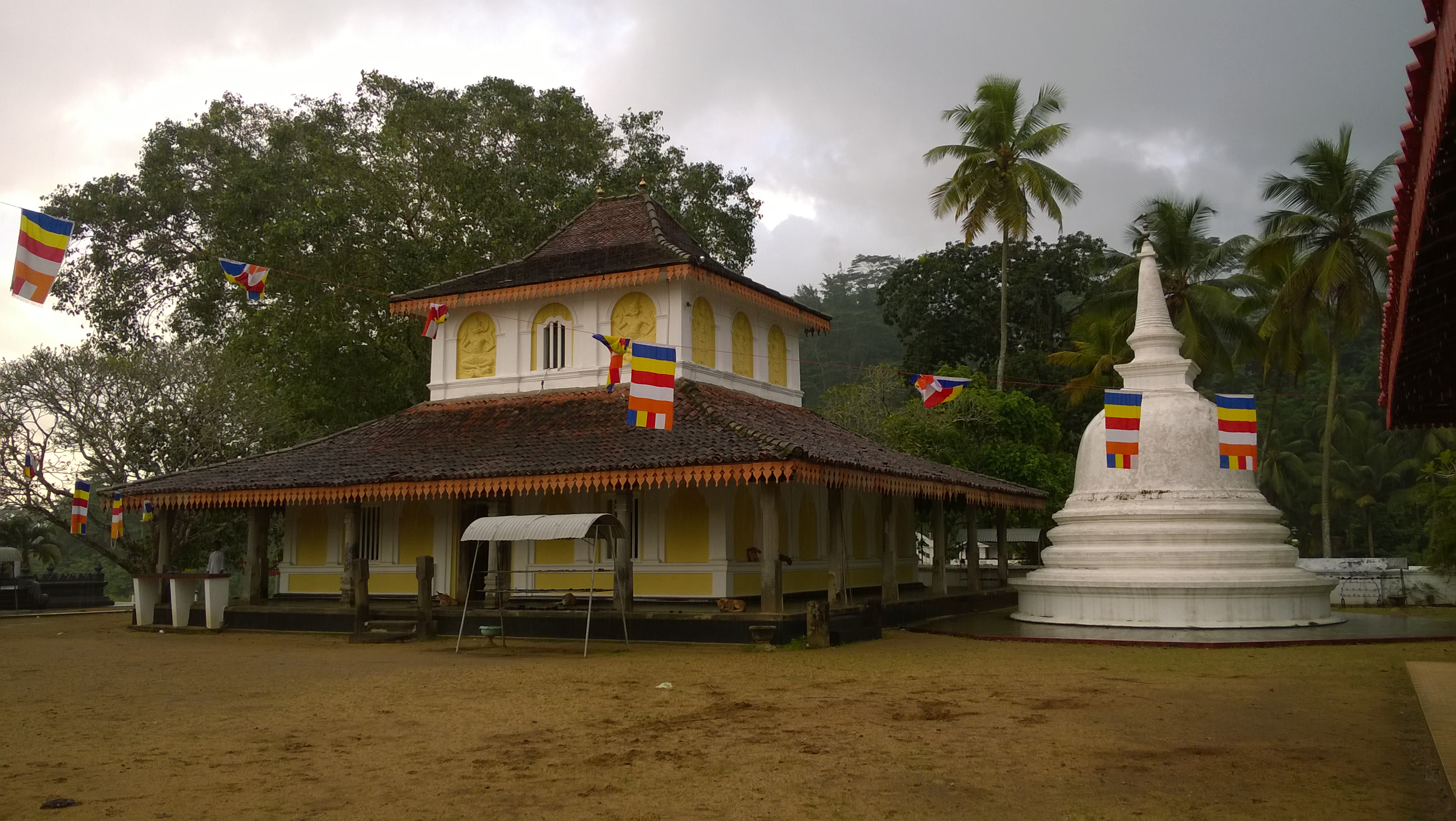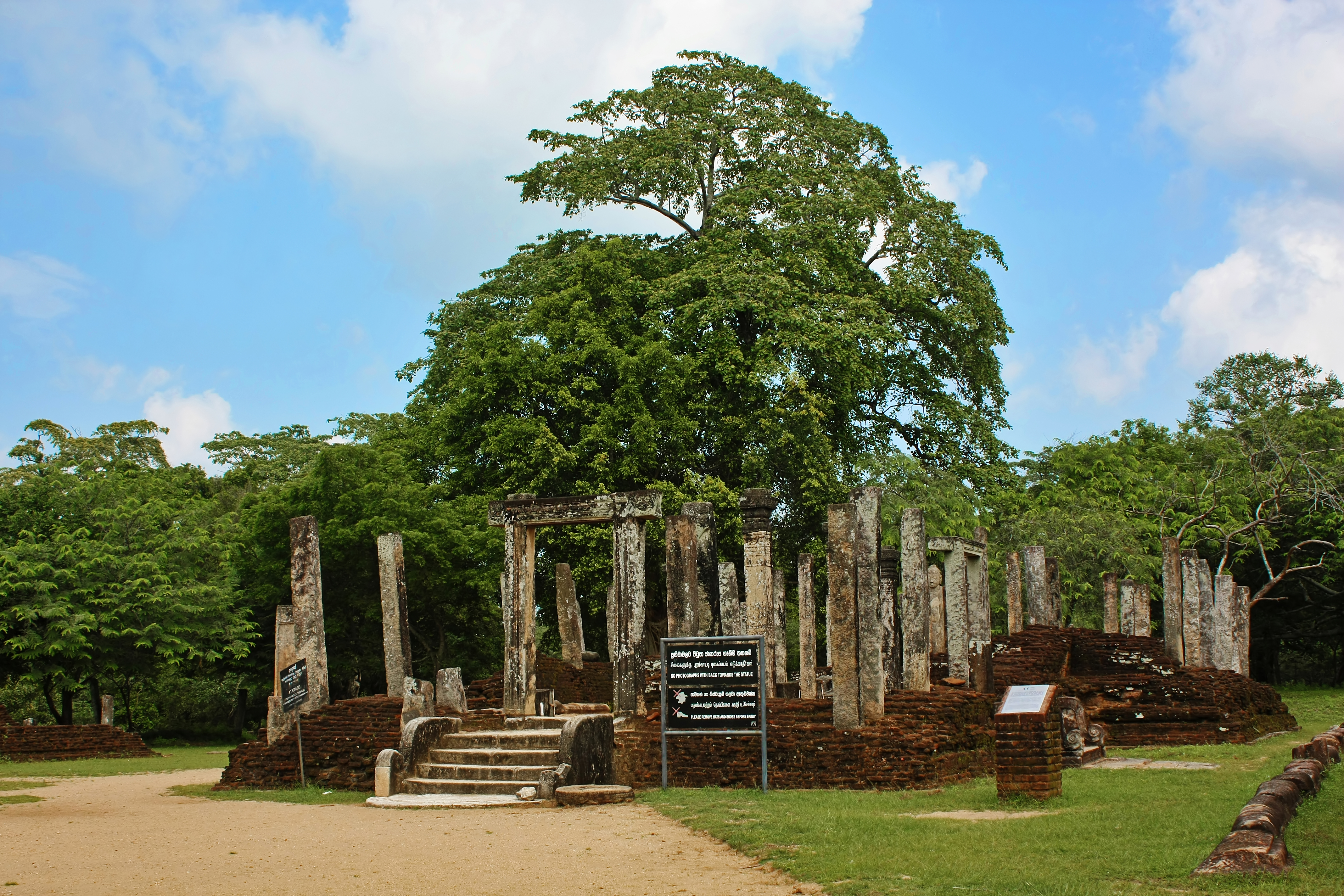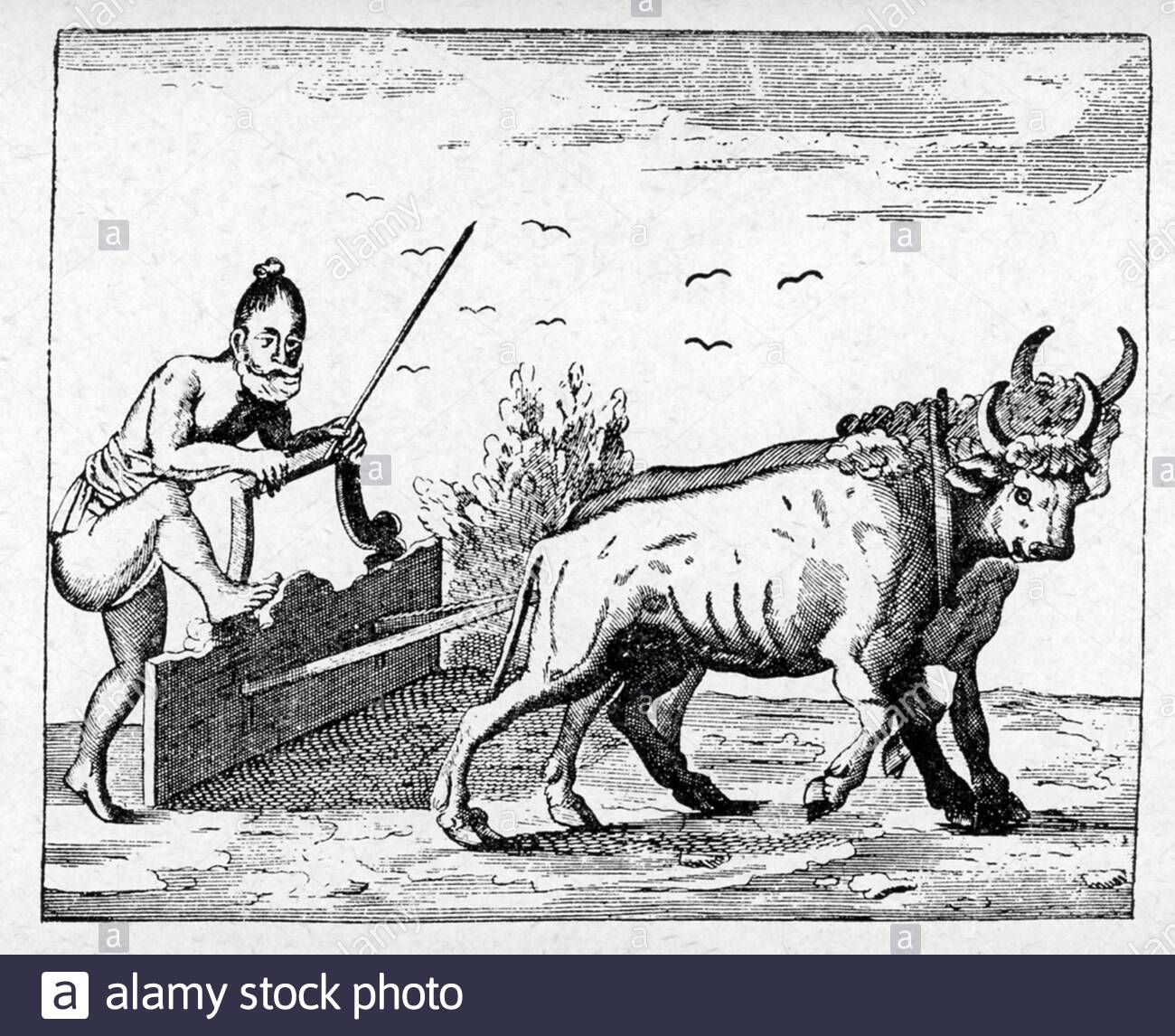|
Maha Saman Devalaya
Maha Saman Devalaya or the Great Saman Temple (also called Sumana Saman Devalaya) is a shrine dedicated to deity Saman (deity), Saman, situated at Ratnapura, Sri Lanka who is the presiding deity of the Sri Pada Mountain which is also called Samanthakuta meaning the mountain of Saman which is believed to have the left foot impression of Buddha which he kept in his visit to Sri Lanka. Saman Deviyo Considered as one of the guardian gods of Sri Lanka, Deity Saman is deeply venerated in the region of Rathnapura and related areas in the province of Sabaragamuwa of Sri Lanka, he is recorded to have been a district administrator of the region contemporary to Buddha who he met on the former's visit to Sri Lanka. According to the Mahavamsa the chronicle of ancient Sri Lanka, it is mentioned that the Administrator Saman, attained the first level of enlightenment Sotapanna at the end of the sermon of Buddha. After the demise of Saman, the administrator of Dewa (people) he has started to be v ... [...More Info...] [...Related Items...] OR: [Wikipedia] [Google] [Baidu] |
List Of Archaeological Protected Monuments In Ratnapura District
This is a list of Archaeological Protected Monuments in Ratnapura District, Sri Lanka. Notes References * * * * * * * * * * External links Department of Archaeology - Sri LankaMinistry of Culture and the Arts {{Archaeological Protected Monuments in Sri Lanka Sri Lanka history-related lists, Archaeology Buildings and structures in Sabaragamuwa Province, Archaeological Archaeological protected monuments in Ratnapura District ... [...More Info...] [...Related Items...] OR: [Wikipedia] [Google] [Baidu] |
Ratnapura
Ratnapura (; ) ("City of Gems" in Sinhala and Tamil) is a major city in Sri Lanka. It is the capital city of Sabaragamuwa Province, as well as the Ratnapura District, and is a traditional centre for the Sri Lankan gem trade. It is located on the Kalu Ganga (Black River) in south-central Sri Lanka, some southeast of the country's capital, Colombo. Ratnapura is also spelled as Rathnapura. The name 'Ratnapura' is a Sanskrit word meaning "city of gems", from the Sanskrit words ''pura'' (town) and ''ratna'' (gemstone). Over 2000 years ago, when the first Buddhist monks arrived here from the north eastern provinces of India namely Bodh-Gaya, Varanasi and Pataliputra, they not only brought with them the Buddhist religion, but since their teachings were mainly in Sanskrit and Pali they also influenced the local language. While candy produced from the jaggery palm is traditionally known in this region as ''ratnapura'', it is more likely that the candy was named for the locale rath ... [...More Info...] [...Related Items...] OR: [Wikipedia] [Google] [Baidu] |
Buddha
Siddhartha Gautama, most commonly referred to as the Buddha, was a śramaṇa, wandering ascetic and religious teacher who lived in South Asia during the 6th or 5th century BCE and founded Buddhism. According to Buddhist tradition, he was born in Lumbini, in what is now Nepal, to royal parents of the Shakya clan, but Great Renunciation, renounced his Householder (Buddhism), home life to live as a wandering ascetic ( sa, śramaṇa). After leading a life of begging, asceticism, and meditation, he attained Enlightenment in Buddhism, enlightenment at Bodh Gaya in what is now India. The Buddha thereafter wandered through the lower Indo-Gangetic Plain, teaching and building a Sangha, monastic order. He taught a Middle Way between sensual indulgence and severe asceticism, leading to Nirvana (Buddhism), Nirvana, that is, Vimutti, freedom from Avidyā (Buddhism), ignorance, Upādāna, craving, Saṃsāra (Buddhism), rebirth, and suffering. His teachings are summarized in the Noble ... [...More Info...] [...Related Items...] OR: [Wikipedia] [Google] [Baidu] |
Delgamuwa Raja Maha Vihara
Delgamuwa Raja Maha Vihara ( si, දෙල්ගමුව රජ මහා විහාරය) is an ancient Buddhist temple situated in Kuruvita of Ratnapura District, Sri Lanka. This temple is reputed as the hiding place of the tooth relic of Buddha during the ruling period of Portuguese in the country. Currently this temple has been declared as one of the archaeological sites in Sri Lanka. History The written history of Delgamuwa Vihara goes back to the time period of Sitawaka kingdom. During the past this temple was known as ''Saparagamu Vihara'' and ''Labujagama Viharaya'' as well. With the arrival of the Portuguese in 1505 and the death of the King Bhuwanakabahu VII of Kotte Kingdom, a political turmoil was caused in the country. This was intensified with the conversion to Catholicism by King Don Juan Dharmapala. This incidence led the then Diyawadana Nilame Hiripitiye Divana Rala, who was the custodian of the tooth relic, to move the relic from Kotte Kingdom to K ... [...More Info...] [...Related Items...] OR: [Wikipedia] [Google] [Baidu] |
Relic Of The Tooth Of The Buddha
The relic of the tooth of Buddha (Pali ''danta dhātuya'') is venerated in Sri Lanka as a sacred cetiya relic of Lord Buddha, who is the founder of Buddhism, the fourth largest religion worldwide. History The relic in India According to Sri Lankan legends, when the Buddha died in 543 BC, his body was cremated in a sandalwood pyre at Kushinagar and his left canine tooth was retrieved from the funeral pyre by his disciple, Khema. Khema then gave it to King Brahmadatte for veneration. It became a royal possession in Brahmadatte's country and was kept in the city of Dantapuri (modern Puri, Odisha). A belief grew that whoever possessed the tooth relic had a divine right to rule that land. The '' Dāṭhāvaṃsa'' recounts the tale of a war fought over the relic 800 years later between Guhasiva of the republic of Kalinga and a king named Pandu. The relic in Sri Lanka Legend states the Abhayagiri vihāra was first appointed custodianship of the relic when it was brought to the i ... [...More Info...] [...Related Items...] OR: [Wikipedia] [Google] [Baidu] |
Rajasinha II Of Kandy
King Rajasinghe II, also known as Rajasingha II (pre coronation, Prince Deva Astana), was a Sinhalese King, reigned 1629 – 6 December 1687; third king of the Kingdom of Kandy in Sri Lanka. Rajasingha requested Dutch aid to help expel the Portuguese from the island, which they successfully did in 1656. By this time however it had become clear to the Kandyans that the Dutch not only intended to expel the Portuguese but to replace them as the major colonial power on the island. This transfer of power is also believed to be where the Sinhala idiom / figure of speech “ඉඟුරු දී මිරිස් ගත්තා වාගේ” ''Inguru di miris gaththa wagay'' (Literal meaning: Like one exchanged ginger for chili) was originated - in reference that the Dutch Rule was much more of a menace to the king and cruel to the people in the island than the Portuguese. From 1645 onwards Rajasingha was engaged in sporadic warfare with his erstwhile allies. Birth and early life Ra ... [...More Info...] [...Related Items...] OR: [Wikipedia] [Google] [Baidu] |
Parakramabahu IV Of Dambadeniya
Parakkamabahu IV was King of Dambadeniya in the 14th century, who was also a scholar known as Pandit Parakramabahu. He built a temple for the Tooth Relic at Kurunegala and was responsible for writing Dhaladha Siritha, a book that laid down procedures for uninterrupted conduct of paying homage to the sacred relic. He renamed Mahanuwara ( Kandy/මහනුවර) as Senkadagala. He extended patronage to Vijayaba Pirivena, Asgiriya Temple, and Sri Ghanananda Pirivena. He succeeded his father Bhuvanaikabahu II as King of Dambadeniya and was succeeded by Bhuvanaikabahu III. ''History of Sri Lanka''. Retrieved 2 ... [...More Info...] [...Related Items...] OR: [Wikipedia] [Google] [Baidu] |
Dutugamunu
Dutugamunu the Great (, , also spelled as ''Dutthagamani''), also known as Dutthagamani Abhaya ("fearless Gamini"), was the greatest king of the Anuradhapura Kingdom who reigned from 161 BC to 137 BC. He is renowned for reuniting the whole island of Sri Lanka by defeating and overthrowing Elara, the usurping Tamil prince from the Chola Kingdom, who had invaded the Anuradhapura kingdom in 205 BC. Dutugamunu also expanded and beautified the city of Anuradhapura and projected the power of his native Rajarata region across the island of Sri Lanka. Due to his significance as one of the most potent symbols of Sinhalese historical power, Dutugamunu's story is swathed in myth and legend. However, many aspects of the accounts of his life have been verified by contemporary inscriptions, and the basic account of his life is generally accepted as accurate. Etymology The Mahavamsa describes how as a youth he mocked his father Kavantissa, king of Ruhuna, for refusing to wage war against ... [...More Info...] [...Related Items...] OR: [Wikipedia] [Google] [Baidu] |
Ruwanwelisaya
The Ruwanweli Maha Seya, also known as the Mahathupa (), is a stupa (a hemispherical structure containing relics) in Anuradhapura, Sri Lanka. Two quarts or one Dona of the Buddha's relics are enshrined in the stupa, making it the largest collection of his relics anywhere. It was built by Sinhalese people, Sinhalese King Dutugemunu in 140 B.C., who became king of Sri Lanka after a war in which the Chola Dynasty, Chola King Ellalan, Elāra (Ellalan) was defeated. It is also known as Swarnamali Seya, Svaṇṇamāli Mahaceti (in Pali) and Rathnamali Seya. This is one of the "Solosmasthana" (the 16 places of veneration) and the "Atamasthana" (the 8 places of veneration). The stupa is one of the world's tallest ancient monuments, standing at and with a circumference of . The original stupa had been about in height and was renovated by many kings. The Kaunghmudaw Pagoda in Sagaing, Myanmar is modelled after this stupa The Mahavamsa contains a detailed account on the construction and ... [...More Info...] [...Related Items...] OR: [Wikipedia] [Google] [Baidu] |
Dewa (people)
Dewa people were one of the four main tribes (Dewa, Yaksha, Naga, Raksha) of History of Sri Lanka, ancient Sri Lanka who founded the coalition of Sinhalese nationality. Sinhalese people (Sinhala: සිංහල ජනතාව, romanized: Sinhala Janathāva) are an Asura ethnic group of the island of Sri Lanka. They were historically known as Hela people (Sinhala: හෙළ), Ceylonese islanders, and Sinhalese islanders. They constitute about 75% of the Sri Lankan population and number greater than 16.2 million. The Sinhalese identity is based on language, cultural heritage and nationality. The Sinhalese people speak Sinhala language, Sinhala, an Indo-Aryan languages, insular Indo-Aryan language, and are predominantly Buddhism in Sri Lanka, Theravada Buddhists, although a minority of Sinhalese follow branches of Christianity in Sri Lanka, Christianity and Religion in Sri Lanka, other religions. Etymology Dewa (/ˈdeɪvə/; Sinhala: දේව, Deva) tribe of Sinhalese in Sri ... [...More Info...] [...Related Items...] OR: [Wikipedia] [Google] [Baidu] |
Sabaragamuwa
The Sabaragamuwa Province ( si, සබරගමුව පළාත ''Sabaragamuwa Paḷāta'', ta, சபரகமுவ மாகாணம் ''Sabaragamuwa Mākāṇam'') is one of the nine provinces of Sri Lanka, the first level administrative division of the country. The provinces have existed since the 19th century but did not have any legal status until 1987 when the 13th Amendment to the Constitution of Sri Lanka established provincial councils. The Sabaragamuwa Province contains two districts: Ratnapura and Kegalle. It is named after its former indigenous inhabitants, namely the Sabara, an indic term for hunter-gatherer tribes, a term seldom used in ancient Sri Lanka. Sabaragamuwa University is in Belihuloya. Districts Sabaragamuwa is divided into 2 districts: * Kegalle District * Ratnapura District Municipal Council * Ratnapura Urban Council * Balangoda * Embilipitiya * Kegalle Other Towns * Bulathkohupitiya * Belihuloya * Eheliyagoda * Kalawana * Kuruwita * Maw ... [...More Info...] [...Related Items...] OR: [Wikipedia] [Google] [Baidu] |


.jpg)


